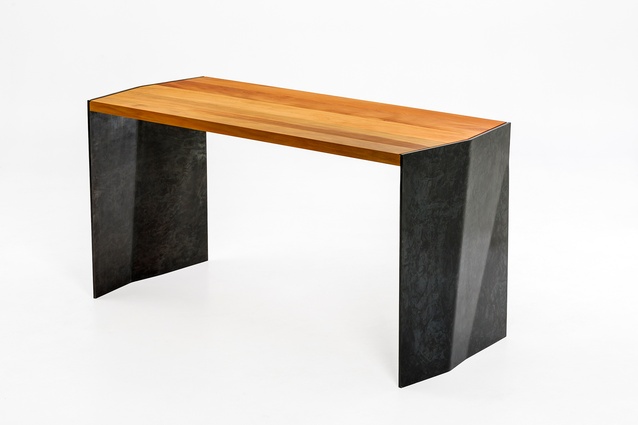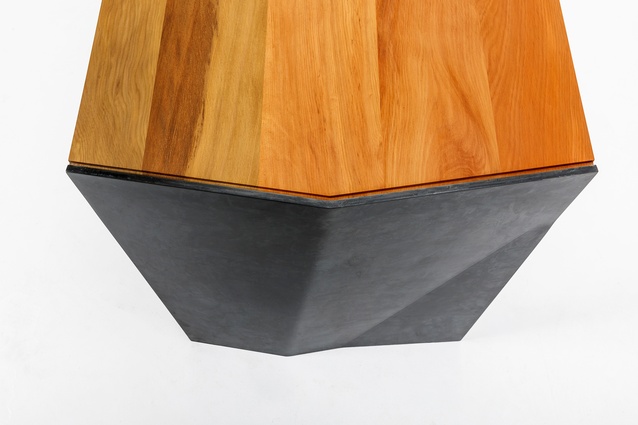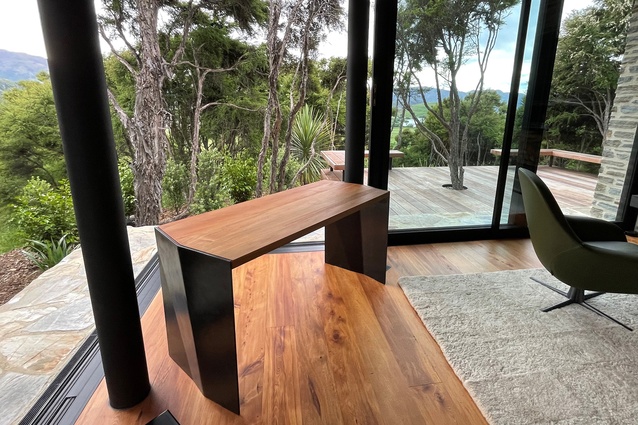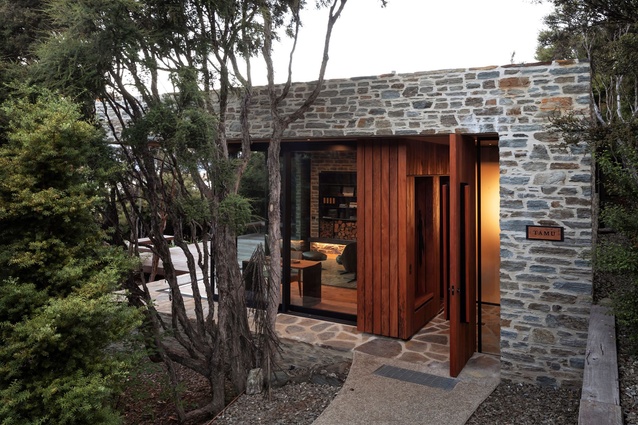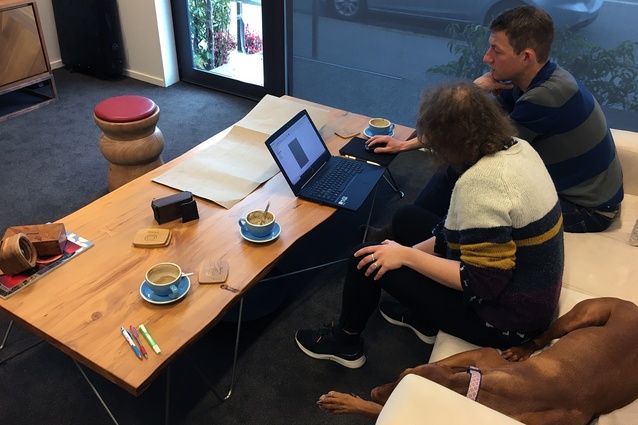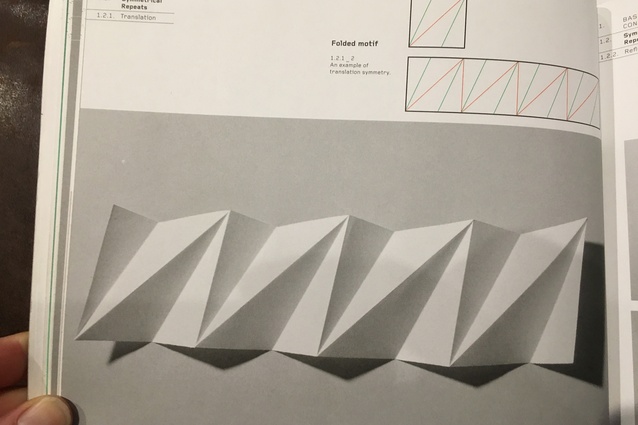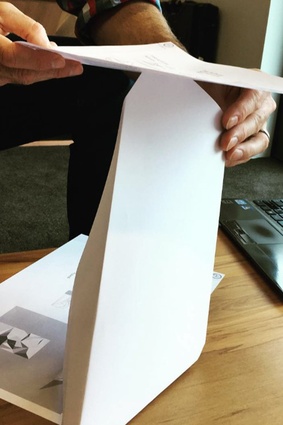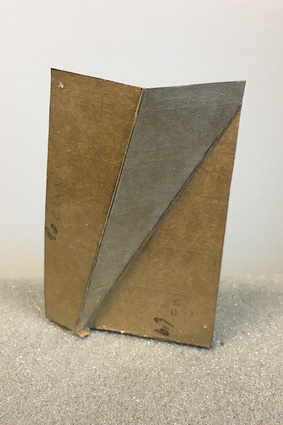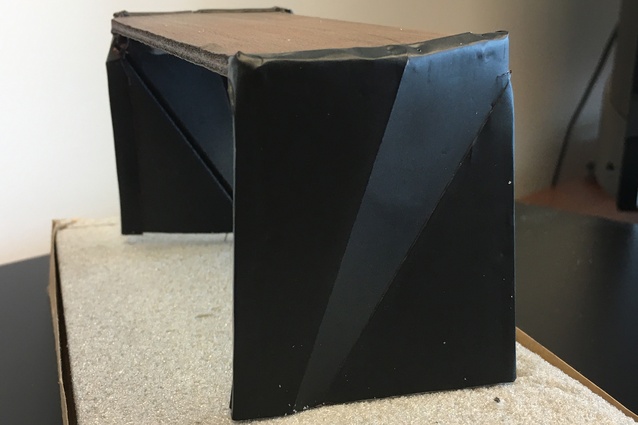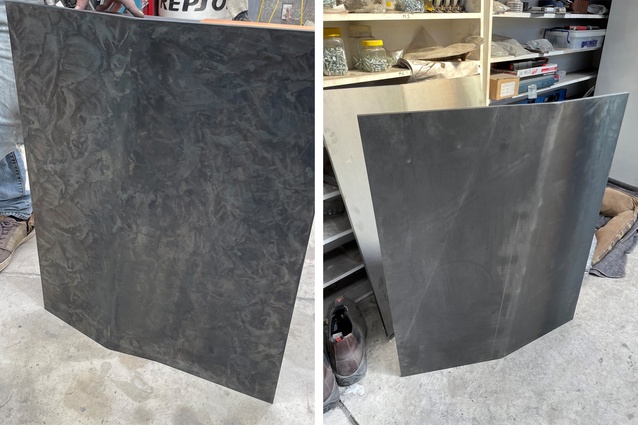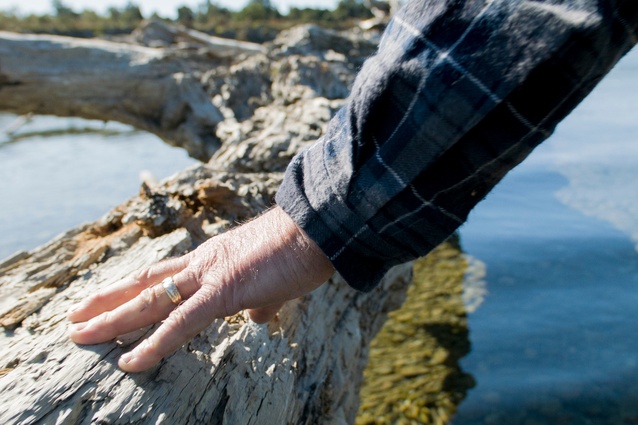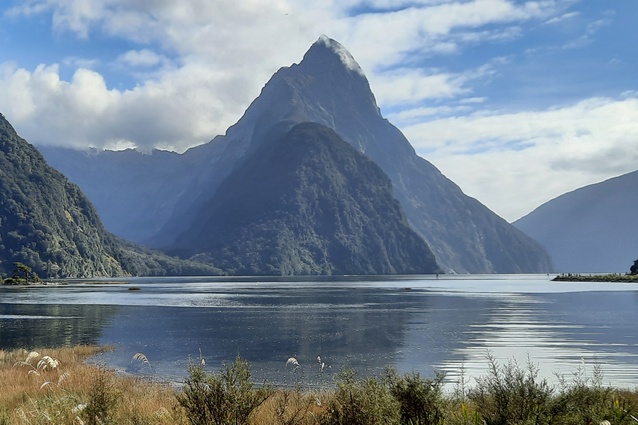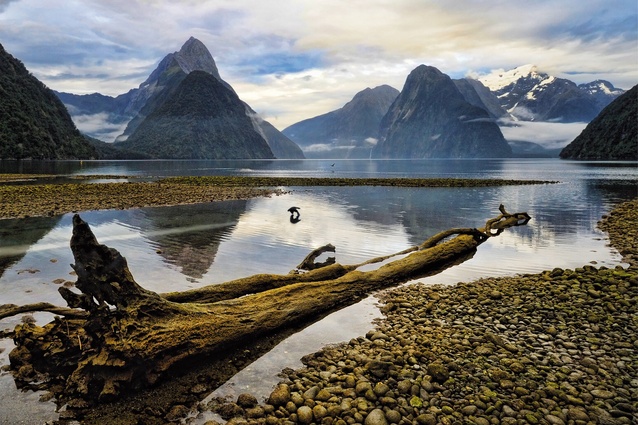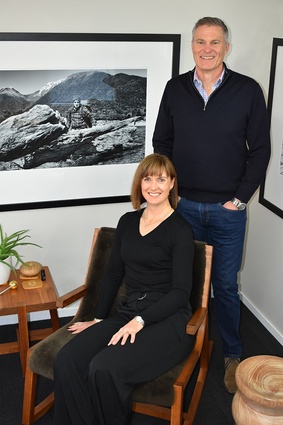Behind the Object: The Milford Desk
Quality furniture is instantly recognisable, but with pieces from Christchurch-based bespoke furniture studio Tréology, you might pick up on something more profound. Jacinda Rogers talks to Melany-Jayne Davies, who together with her husband Andrew Davies, created the Milford Desk, to find out what that something is.
Jacinda Rogers (JR): How did the inspiration behind the Milford Desk arise?
Melany-Jayne Davies (MJD): The design idea had been in Andrew’s mind for a long time. He was interested in the book written by Paul Jackson called Folding Techniques for Designers.
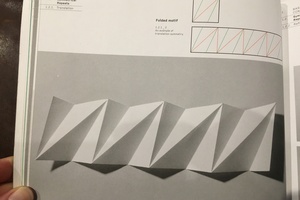
Equally, he’s always been intrigued by the shapes, forms and changing light patterns that mountains create when you view them from a distance.
We had been playing with these concepts of a folded metal leg in the design studio — creating a number of prototype mock-up legs with the intention of creating a new Tréology collection piece.
A client approached us to create a desk suitable for their new studio in Wānaka. For the client, the timber was a critical element of the design and — knowing the house location (nestled in native bush with a view to Mt Alta) — we wanted to design something that was in harmony with the mountainside environment. The Milford Desk was the chosen design solution.
(JR): And I gather Milford Sound was another design influence?
(MJD): The Milford Sound is such a special and unique place in New Zealand. It is difficult to put into words how to describe the area — the colours, stillness, flora and fauna are breath-taking.
The leg design, is our abstract interpretation of the way light casts shadows on the ridges and valleys of the mighty Mitre Peak, as it plunges into the Milford Sounds.
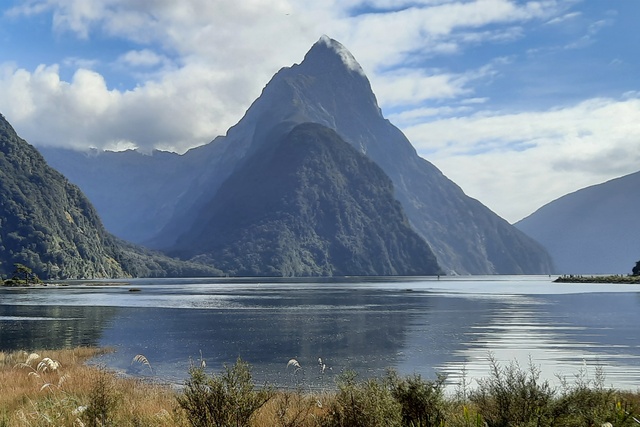
(JR): What’s your typical approach to designing a piece of furniture?
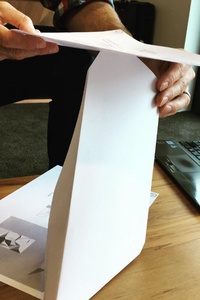
(MJD): When we are designing a new Tréology piece, the ideas usually always come after we’ve spent time away from the office getting out into the natural environment. We seek to infer
design references from the land and in many cases, source the material locally also.
We take photos, then put pen to paper, create a quick sketch or words to describe the idea,
create concept drawings which may then progress through to prototyping stage (if needed) and then we craft the final design solution.
For this specific design, it started by creating quick paper models, and then we developed some initial CAD drawings before progressing to creating a scale model out of cardboard.
The design challenge was trying to get the inverted folds right, which is why we approached Dr Emerson, a lecturer at the University of Canterbury that teaches Engineering Design and Analysis. Using the mathematical formula he provided, we crafted a scale 1:10 prototype mock-up of the desk’s legs from an acrylic sheet.
(JR): Tell me more about the design challenge you had to overcome for the leg design?
(MJD): Sometimes the simplest looking designs can be the most difficult to make. The legs on the desk required a mathematical formula to create the folded pattern which is unique to the desk design (and now includes a dining table, credenza and bedside table).

The legs of the desk needed to finish as a rectangle profile flush to the floor. The design challenge was understanding what dimensioned shape we needed to start with before we folded the steel plate.
It was amazing to be able to work with Dr Emerson as an expert in his field from the School of Product Design and share in finding the solution to a design challenge such as this one.
The easiest thing to do would have been to create only one fold, however, we wanted multiple folds to cast the shadows for the design narrative. Increasing the number of folds, increased the complexity of the design.
(JR): You describe your furniture pieces as “functional art”, what is your main source of creative inspiration and how does it manifest itself in your designs?
(MJD): In our opinion, good furniture design should be functional and an art form.
Our aim is for people to be able to engage emotionally with a Tréology piece and for it to trigger their imagination. Each piece should stand on its own in a room and be beautiful to look at as a sculptural 3D form of art.
As lovers of the great outdoors, our main source of creative inspiration is the natural New Zealand environment. Our design challenge is to enable our clients to absorb what we have experienced and ask what was nature’s narrative when they look at one of our designs.
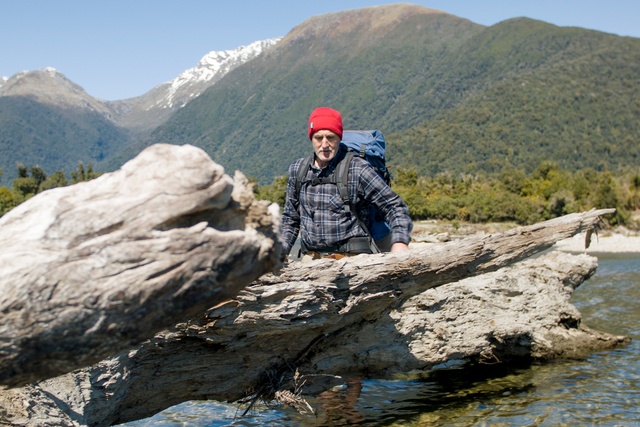
(JR): Tell us about the materials chosen for this project. Why were they selected?
(MJD): The Milford Desk is made from an ancient matai tree that had fallen naturally into a river and had been preserved for hundreds of years under sediment layers before natural water erosion exposed it. Some of the timbers found where we sourced the matai have been carbon-dated to 1500 years old.

We want our customers to know the location where the trees were recovered and connect them metaphorically through design references. When logs are excavated from the river, their GPS location is recorded and tagged to the specific log. This travels with the material through the manufacturing process and when complete, we insert a stainless tag with the GPS coordinates into the finished furniture. Entering these coordinates into Google Earth will take you to the exact spot where the tree was recovered.
The matai wood top is finished with hand-rubbed natural plant oils to bring out the grain and the folded legs of the Milford Desk are made from aged, blackened steel. The steel was chosen for its colour and patina, and the way it cast shadows.
The contrast of the wood and steel worked well together for the built environment where the finished piece was going.
Tréology Origins from Andrew Davies - Tréology on Vimeo.
(JR): Andrew’s forbears have a long history of furniture making in New Zealand. Have these traditional carpentry skills influenced the way you make furniture?

(MJD): Andrew’s great-great-grandfather Robert Norrie was a craftsman who created furniture for Sir George Grey. Andrew’s father was a master craftsman, who owned a furniture manufacturing business for more than 50 years. During the school and university holidays, he worked in the family workshop which had a huge influence on his understanding of the design and manufacturing processes of furniture-making.
These traditional carpentry skills have definitely influenced the way we continue to make furniture today. Attention to detail, excellence and working with exceptionally talented craftspeople hasn’t changed through the generations. We include the traditional craftsmanship details into our contemporary designs such as dovetail drawers and the back of our cabinets is considered as carefully as the front.
Like Andrew’s forebears, our pieces are intended to be heirlooms: well designed, well made, and built to stand the test of time and be passed through generations. Each piece is created to express the essence of the landscape in a manner not attributed to a defined design trend. We are designing and making products that will be in use for longer than we ourselves will be around.
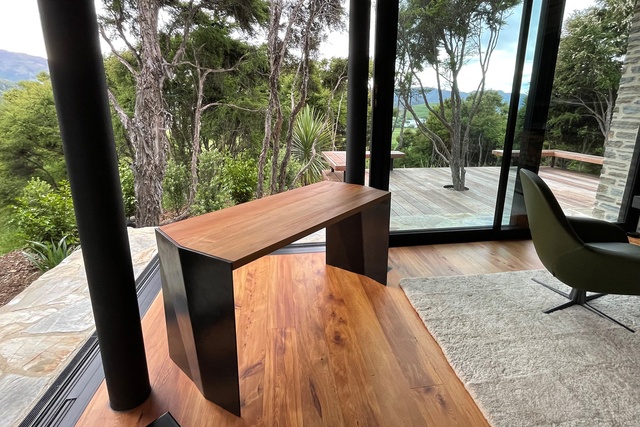
(JR): With the longevity of your pieces in mind, how do you address sustainability and environmental concerns through your practice?
(MJD): Our furniture is designed and crafted with the preservation, conservation, and celebration of nature at the forefront of everything we do. We are committed to protecting our planet’s natural resources and working with craftspeople who support these values.
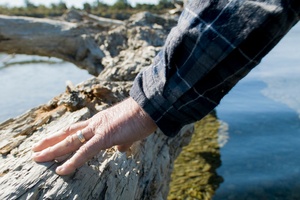
We love using rescued timbers as timber is a renewable resource. Equally, when we consider other materials we use such as steel, this material is also recyclable if it comes to the end of its life.
Having sustainable manufacturing practices is as important as the use of sustainable materials. We use water-based adhesives and low VOC natural plant oils to finish our furniture, limiting their environmental impact.
We are however on a journey and still have work to do, but we are very conscious about sustainability in all our day-to-day practice. We look at what we do, what we use as a business, and how we dispose of things. We have recently purchased our first electric car which feels like a step in the right direction.
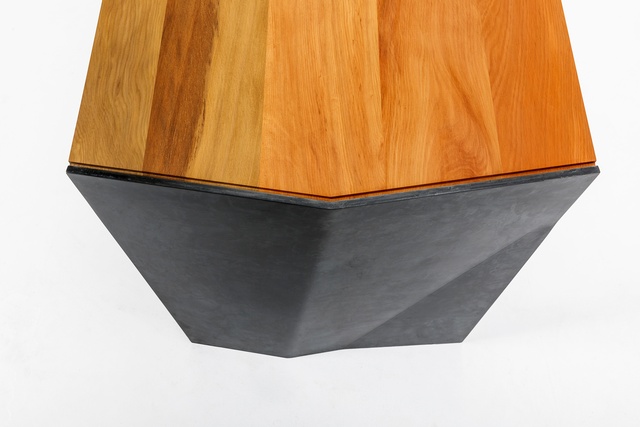
(JR): Lastly, how long did the Milford Desk take to develop from concept through to completion?
In the case of this specific design, the creative idea started back in 2017 but was first made for the client in 2021. The Milford collection was developed from there, with each piece featuring the same folded leg as the key design element. They say good things take time!
See below for a video detailing Tréology’s unique product and design ethos:
Tréology Design Inspiration from Andrew Davies - Tréology on Vimeo.
To view the Milford range of furniture, or to find out more information about Tréology visit www.treology.co.nz.
See more from the Behind the Object series here.

